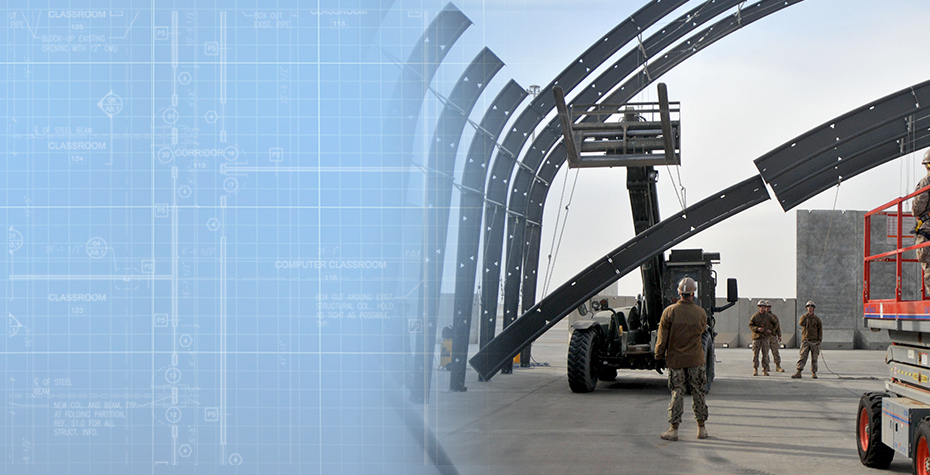Fire protection systems prevent fires from becoming destructive while saving lives and protecting property. The Fire Protection Engineer will design the fire protection system specifically for a given facility in accordance with the applicable building and fire codes. The design of fire protection systems takes into account factors such as facility type, usage, construction materials used, and types of fire hazards present. Some of the components of the fire protection system are obvious, like sprinklers, alarm panels and strobes, while other components, such as fire-rated walls and doors are part of the passive fire protection system and are not as obvious. Skilled technicians, each individually specializing in a particular aspect of the fire protection system, install and test fire protection systems prior to Final Acceptance Testing. A quality installation is critical not only to ensure a timely turnover of the facility but also to ensure the system will operate as intended in the event of a fire. Quality is achieved through the efforts of both the contractor’s Quality Control program and Government Quality Assurance personnel who are responsible for ensuring the fire protection system is installed in accordance with the approved design without deviation and tested to confirm proper operation. The content of this course includes five lessons covering the following topics: Fire Alarm and Mass Notification Systems; Fire Sprinkler Systems; Special Hazard Fire Protection Systems; Passive Fire Protection Systems and Features; and Field Verification, Inspection and Acceptance Testing of Fire Protection Systems.
NAVFAC CI Construction ET Quality Verification – Fire Protection
Duration: 245 Minutes
Training Subjects:
Construction
Format:
Web-based Training
Locations:
TWMS

